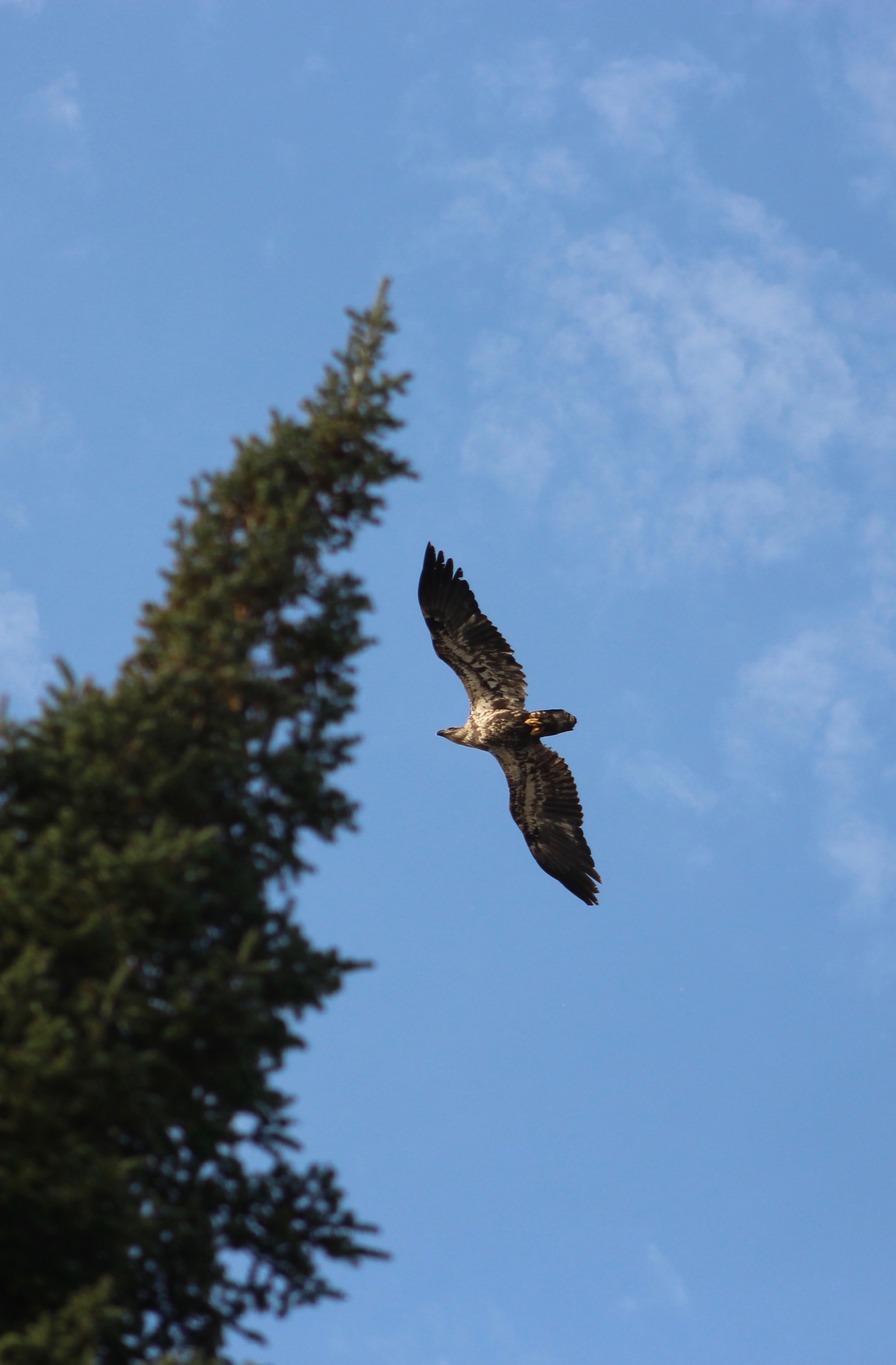By Lori Janeson
Arguably one of the greatest parts about taking a trip is capturing everything on film. Not only does this help cement the fantastic memories you’ve made for years to come, but let’s face it: it also makes your Instagram a whole lot more interesting.
In the digital age, more and more people are combining their love of travel and amateur photography by setting off on photography tours. The first (and most important) of a photography tour is picking a location. That’s why we’ve put together a list of three fantastic locations close to home you need to explore in 2019.
1. Hecla Island, Manitoba
Situated just two hours away from Winnipeg, Hecla Island is a hidden gem that will let you unwind while you satisfy your inner shutterbug.
“This island paradise is the perfect place for photographers and wildlife enthusiasts alike, thanks to the breath-taking, untouched scenery.” — Lori Janeson
From limestones quarries to the aptly named sunset beach or the famous Grassy Narrows Marsh, you’ll fill your SD card in no time.
If history’s your thing, don’t forget to stop by Gimli village in August to see Nordic heritage come to life at the hugely popular, annual Icelandic festival. As tempting as it will be to do and see everything the island has to offer, remember that one of the best parts about Hecla Island is its slow and rejuvenating pace.
2. Grand Canyon, Arizona
Listed as one of the 7 Wonders of the World, it’s no surprise that The Grand Canyon is a common choice for photography tours. The mile-deep canyon truly shines at sunset, so be sure to head to Hopi Point on the South Rim for a screensaver-worthy view of the sun setting on the canyon’s glorious red gold landscape.
If you’re also a nature lover, keep an eye out for the grey fox, mule deer and bighorn sheep that call the South Rim home.
3. Whistler, British Columbia
For a chance of pace (and climate!), head to Whistler for a chance to capture some truly stunning winterscapes. This romantic pedestrian-only Village is best enjoyed with one hand on your camera and the other on your partner’s (particularly if they’re also an avid photographer). Not only will the surreal, snow-blanketed mountain provide some gorgeous photo opportunities, but it’s also a great place to unwind, relax and even try your hand at skiing!
For the perfect shot, make your way to the Callaghan Valley. Here, you’ll get a clear view of Black Tusk, the last remaining portion of a now dormant volcano. Another truly Instagrammable view can be found just South of Whistler, in the form of Brandywine Falls, a 70 metre waterfall studded with snow.
For an unforgettable photography tour, do your research. Once you’ve decided on the perfect location, look for tours with a high instructor to student ratio and a pace that lets you enjoy each destination before moving on. Happy snapping!
Lori Janeson is a nature photographer living in Winnipeg, Manitoba.

 If you’d like to take better wildlife, whether it’s birds or moose, follow these tips to get better photos.
If you’d like to take better wildlife, whether it’s birds or moose, follow these tips to get better photos.